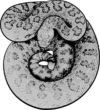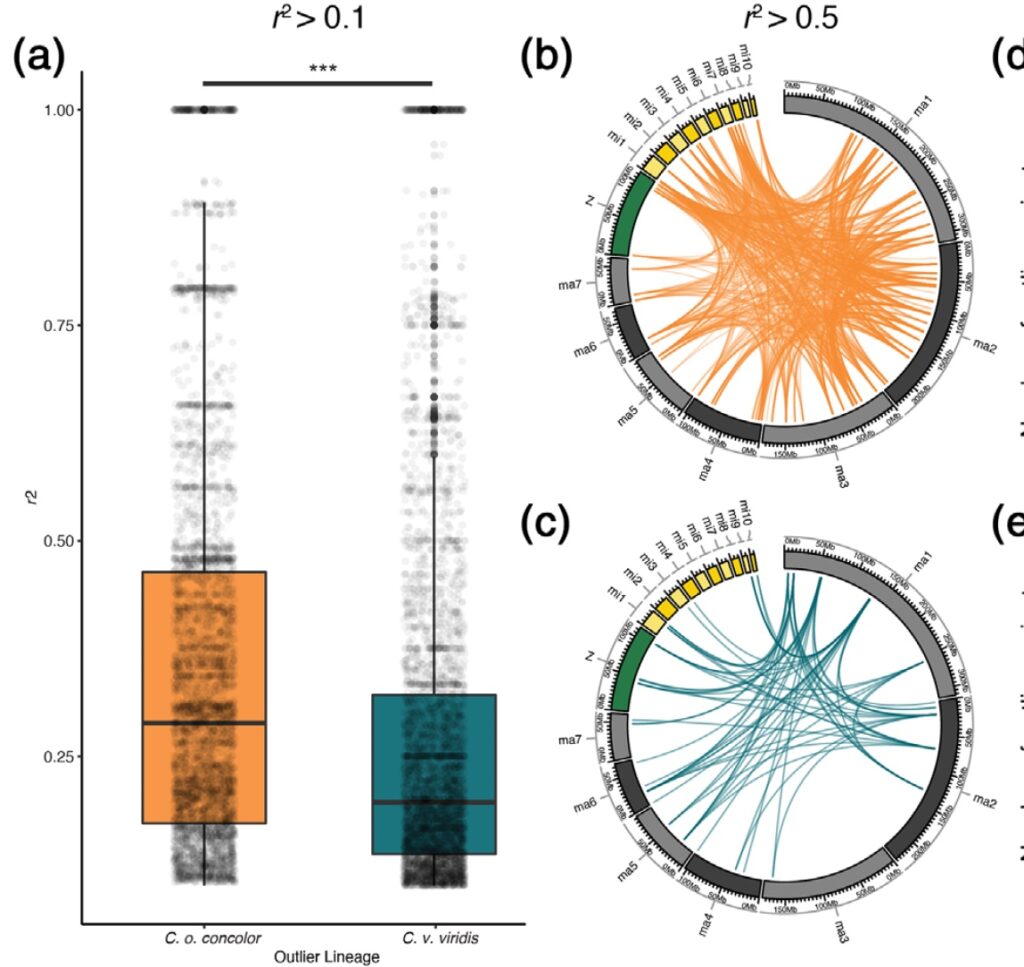Congrats to Zach Nikolakis, and other coauthors on a new paper in Evolution, focused on discerning distinct evolutionary processes that shape rattlesnake hybrid zones, which provides key insight into the early stages of the process of speciation.
- Nikolakis, Z.L., D.R. Schield, A.K. Westfall, B.W. Perry, K.N. Ivey, R.W. Orton, N.R. Hales, R.H. Adams, J.M. Meik, J. Parker, C.F. Smith, Z. Gompert, S.P. Mackessy, and T.A. Castoe. 2022. Evidence that genomic incompatibilities and other multilocus processes impact hybrid fitness in a rattlesnake hybrid zone. Evolution. Article in press (DOI: 10.1111/evo.14612) . PDF
Hybrid zones provide valuable opportunities to understand the genomic mechanisms that promote speciation by providing insight into factors involved in intermediate stages of speciation. Here we investigate introgression in a hybrid zone between two rattlesnake species (Crotalus viridis and C. oreganus concolor) that have undergone historical allopatric divergence and recent range expansion and secondary contact. We use Bayesian genomic cline models to characterize genomic patterns of introgression between these lineages and identify loci potentially subject to selection in hybrids. We find evidence for a large number of genomic regions with biased ancestry that deviate from the genomic background in hybrids (i.e., excess ancestry loci), which tend to be associated with genomic regions with higher recombination rates. We also identify suites of excess ancestry loci that show highly correlated allele frequencies (including conspecific and heterospecific combinations) across physically unlinked genomic regions in hybrids. Our findings provide evidence for multiple multilocus evolutionary processes impacting hybrid fitness in this system.
.

